
8. Spider Webs: Female Ruby-throated Hummingbirds collect spider silk by sticking it all over their beaks and breasts. When reaching the nest, the silk is stretched onto moss, creating a tiny cup (source).
7. Plastic Trash: In a Kittiwake colony in Denmark, in 1992, plastic garbage was included in 39% of nests, while in 2005, 57% of nests contained it (source).
6. White Paper: Jackdaws in a colony in Haren, The Netherlands, incorporate white pieces of paper in their nest (source).
5. Saliva: Male Edible-Nest Swiftlets build nests composed of interwoven strands of salivary cement (source).
4. Cigarette Butts: House Sparrows in Mexico City incorporate these into their nests – research indicates the nicotine in them may reduce the number of parasites.
3. Barbed Wire: The Kansas Barbed Wire Museum (yes, it exists) has a Raven‘s nest primarily made from short pieces of barbed wire.
2. Snakeskin: Researchers found that snakeskin incorporated into nests was highly effective at protecting Great Crested Flycatcher nests from predators.
1. Anti-Bird Spikes: In Rotterdam, Carrion Crows were observed using anti-bird spikes to build a nest in a poplar tree – photos here.
In contrast, a nest supposedly made out of syringes by a pigeon in Vancouver is most likely fake.




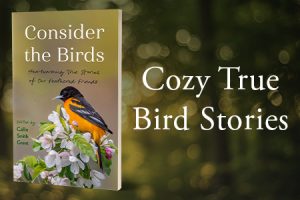

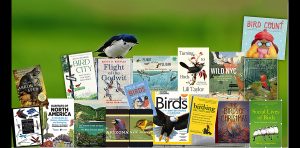
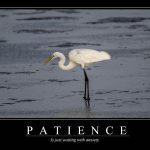
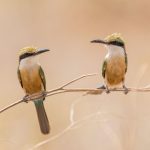
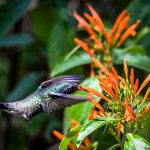
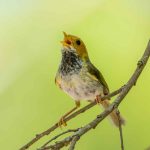
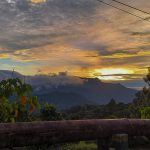
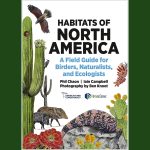
Love this post! I had known of the some of them, but had no idea about the nicotine and parasites. Fascinating!
As you all know, Rotterdam is a great place for birding, not just for the crows. Other interesting nests in the city’s canals have been built by the Eurasian Coots. The upside-down shopping trolley in particular is very popular. I think it’s an urban myth but there have been reports that the collection of litter from the canals has been made easy by the coots.
I find particular delight in the idea of a bird using anti-bird spikes to build its nest. Nature will find a way!
The nest is on display in the Natuurhistorisch Museum in Rotterdam which has featured on this site last year: https://www.10000birds.com/top-10-birds-i-havent-seen-yet.htm